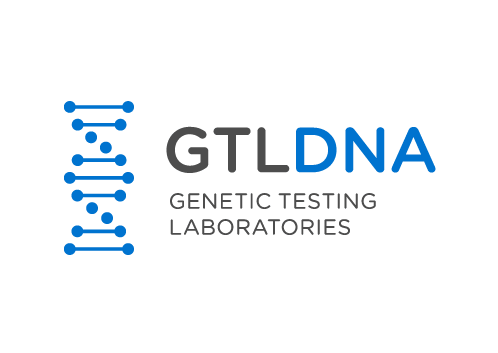We are now living in the future. What seemed impossible to even consider is now a reality: 3 parent babies will probably be born in 2016. But how do they make them? And why do we need them? Here is a short guide to 3 parent babies and what it will mean for future generations.
Background to 3 Parent DNA Babies
Recently Britain has voted in favour of changing the law on “three parent” babies and we now are on the road to permitting the creation of a baby that will inherit genes from two mothers and one father. The reason behind this is not to create ‘designer babies with blue eyes’ but to avoid certain genetic diseases being passed down from one generation to the next. The procedure places a small amount of DNA in a mother’s egg and takes away the unhealthy mitochondrial DNA (inherited from the maternal side), in effect replacing faulty mitochondrial DNA. As one can imagine, this has raised some concerns, especially from the Church of England and the Catholic Church.
How Does the Procedure Solve the Problem and What is the Problem?
Every year a small number of babies are born with defects in their mitochondrial DNA which leads to diseases. Mitochondria are tiny structures that lie inside our cells and give them energy. They contain a set of their own 37 genes which are separated from the 20,000 or so genes that shape who we are.
In What Way Do These Diseases Manifest In People?
Usually mitochondrial DNA diseases start in infancy and progressively get worse, proving fatal in adulthood. The brain, liver, heart and muscles are the worst affected as they need the most energy. The illnesses include Leigh’s disease, Barth Syndrome and poliodystrophy. Also mitochondria which are faulty have been linked to more common conditions such as Parkinson’s, failing eyesight, deafness, diabetes and epilepsy.
Why Do People Object To The Procedure?
The nature of the way mitochondrial DNA passes on its genetic changes from one generation to another has raised social and ethical issues in mitochondrial donation as well as worries about any unexpected issues caused directly by the procedure and would affect people not yet born and unable to give consent. Mitochondria is also not completely understood yet and some believe that more studies should be undertaken on the effect on people’s traits and how it might act in unknown ways, for example the Church of England would have liked to see more scientific research before the law was changed.
The Catholic Church Objection
The Catholic Church opposes one kind of mitochondrial transfer, called pronuclear, because a fertilised egg is destroyed in the process.
What is the Actual Process of the Procedure?
There are two techniques that have been developed by scientists, one is mitochondrial spindle transfer (MST): the doctors use standard IVF and collect eggs from the mother before taking the nucleus from one of the eggs and dropping it into a healthy donor egg that has had its own nucleus removed. The reconstituted egg has all the genes from the mother but her faulty mitochondria have been replaced and the egg is fertilised with the father’s sperm. The result is the embryo has 23 pairs of chromosomes that come from the original mother and father‘s DNA but the 37 mitochondrial genes have 0.2% from a third person, the donor.
The second procedure is called pro nuclear transfer and is similar to MST but the both mother and donor eggs are fertilised, first with the father’s sperm and before they divide into embryos the parents chromosomes are removed from the mother’s fertilised egg and put into the donor egg which has had its own chromosomes removed.
Final Question: Is It Safe?
Both procedures have been tested on animals with positive results so far though treated embryos have not been placed in a woman for pregnancy yet. The HFEA independent scientific panel have concluded that mitochondrial transfer is safe. The first child conceived using this transfer could be born as earlier as next year, 2016 and it is now legal to create a baby using the DNA of three people, amazing!
Contact GTL now for more information about Mitochondrial DNA Testing on 0333 300 3130 or email us at info@gtldna.co.uk.
